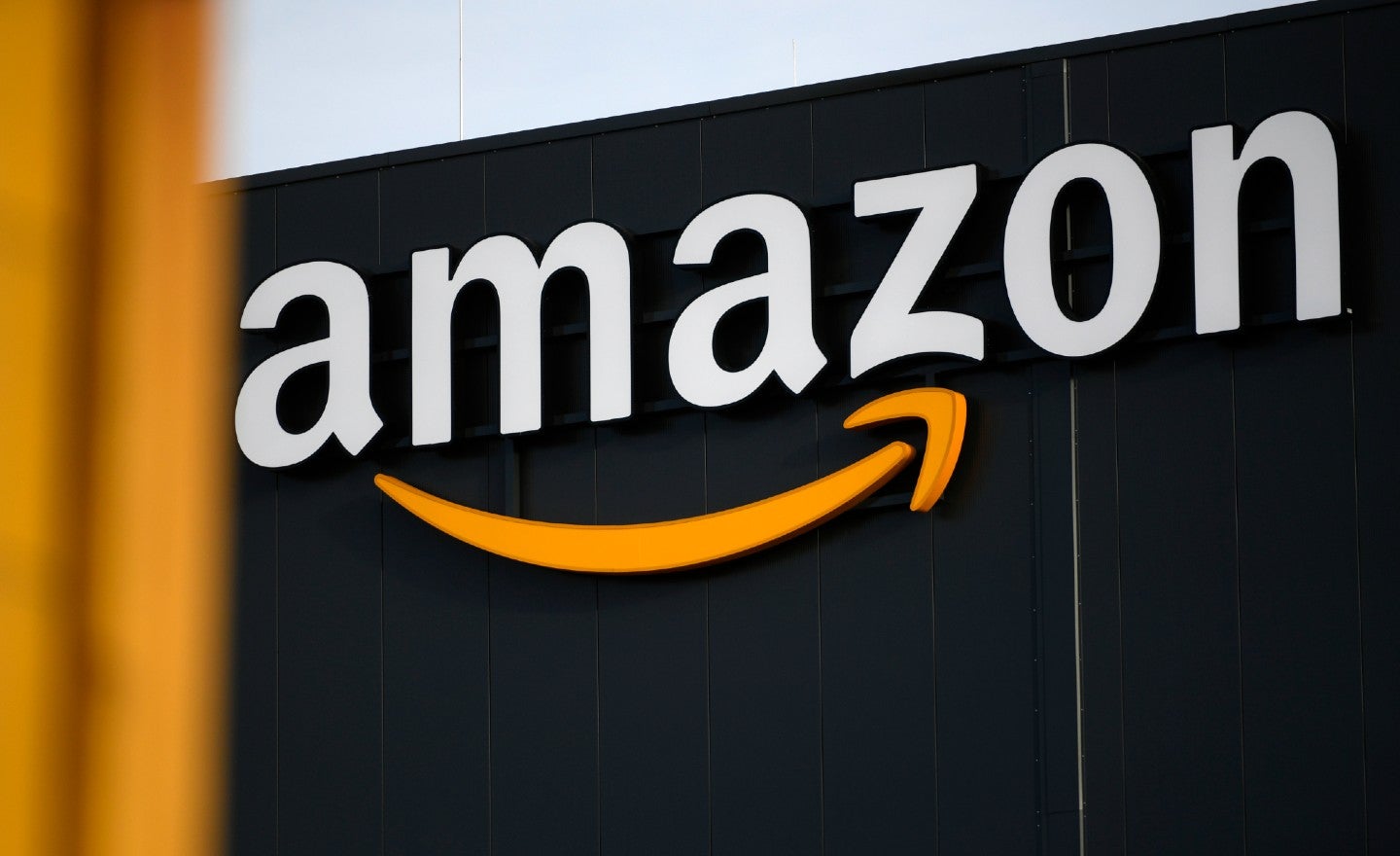For decades, Amazon has been trying to break into one of the most entrenched sectors of American retail—groceries. Despite dominating e-commerce and cloud computing, the tech giant has struggled to unseat Walmart’s grip on the U.S. grocery market. Now, Amazon is betting that a sweeping expansion of its same-day shopping and delivery network could finally tilt the balance.
The move marks one of Amazon’s most aggressive plays yet to close the gap with Walmart, combining speed, scale, and convenience in a bid to reshape how Americans shop for food and household essentials.
A Long Battle for the Grocery Cart
Amazon’s grocery ambitions date back to the mid-2000s with its Amazon Fresh pilot, which promised home delivery of fresh produce and pantry staples. The initiative saw mixed success, hindered by the logistical complexity of keeping perishable goods fresh and the razor-thin margins of grocery retail.
The 2017 acquisition of Whole Foods gave Amazon a national brick-and-mortar presence and a supply chain backbone, but it still didn’t dethrone Walmart. While Amazon leads online grocery sales, Walmart remains the overall grocery leader thanks to its massive store footprint and dominant position in suburban and rural markets.
The Same-Day Gamble
Amazon’s new strategy centers on expanding same-day grocery fulfillment hubs in major metropolitan areas. These facilities are designed to process orders for rapid delivery—often within hours—or enable customers to place an online order and pick it up in person the same day.
The model blends Amazon’s strength in logistics with the immediacy that shoppers have long relied on Walmart stores to provide. Crucially, Amazon is targeting high-density urban areas where instant delivery could replace traditional store visits entirely.
By integrating Whole Foods inventory, Amazon Fresh offerings, and even third-party sellers into the same-day network, Amazon aims to create a single platform where consumers can shop across multiple grocery brands without waiting days for delivery.
Why Walmart Should Take Notice
Walmart’s grocery dominance has always been tied to convenience. Shoppers could get everything from bread to electronics in one trip. But Amazon’s same-day grocery expansion attacks that advantage directly—offering similar variety without the need to step inside a store.
If Amazon succeeds in scaling this service, it could chip away at Walmart’s most loyal base: busy families who prize efficiency. Amazon Prime integration, personalized shopping recommendations, and Alexa-enabled ordering could further lock customers into the ecosystem.
Challenges Ahead
While the plan is ambitious, Amazon still faces hurdles. Grocery delivery is notoriously expensive, and ensuring speed without sacrificing quality requires precise coordination of supply chains, inventory management, and last-mile logistics.
There’s also the challenge of consumer habits. While urban shoppers may embrace same-day delivery, many suburban and rural customers still prefer the tactile experience of shopping in person, where Walmart has the advantage of scale and proximity.
Conclusion
Amazon’s massive same-day grocery expansion is its boldest attempt yet to loosen Walmart’s decades-long hold on the U.S. grocery market. If the strategy works, it could redefine grocery shopping in America, shifting the battle from store aisles to fulfillment hubs and delivery apps.
For now, the race is on—and for the first time in years, Walmart may have a serious challenger in its most profitable arena.















